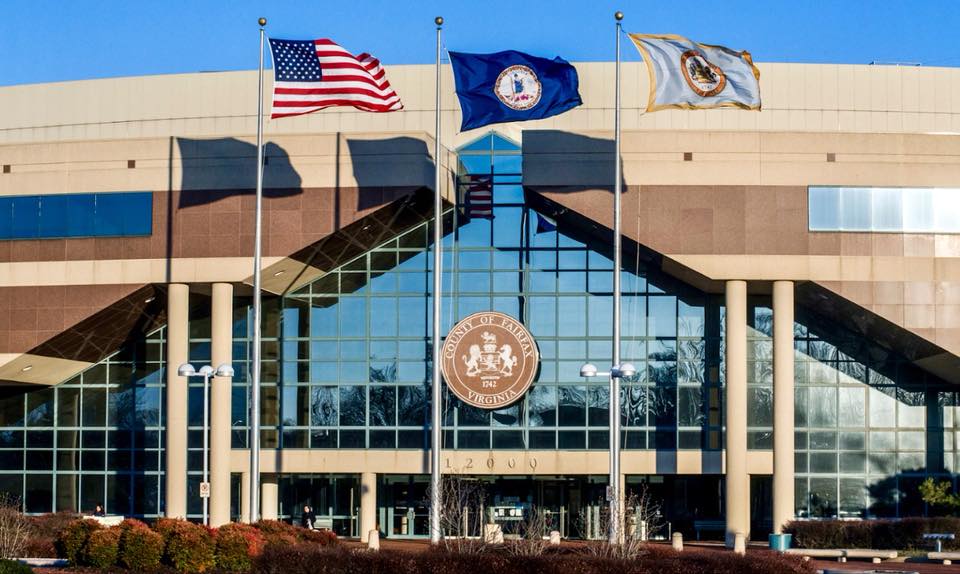Top Your Chimney: A Comprehensive Guide to Essential Shielding Strategies in Fairfax, VA
When it comes to home maintenance, one aspect often overlooked by homeowners is the chimney. This can be a costly mistake, as the chimney plays a critical role in ensuring the safety and efficiency of your home heating system. In Fairfax, VA, where winter temperatures can dip below freezing, proper chimney care is essential. This article aims to provide a comprehensive guide to the most effective chimney shielding strategies to help homeowners in Fairfax maintain and protect their chimneys.
**The Importance of Chimney Shielding**
A well-maintained chimney is crucial for a variety of reasons. First, it ensures the efficient operation of your fireplace or heating system, facilitating the proper venting of harmful gases and smoke. Additionally, it helps prevent the buildup of creosote, a highly flammable residue that can ignite and cause a chimney fire.
Moreover, a properly shielded chimney protects against water intrusion, which can cause severe structural damage. It acts as a barrier against environmental factors such as rain, snow, and sleet, preventing moisture from seeping into your home.
**Chimney Caps: Your First Line of Defense**
One of the most effective shielding strategies is the installation of chimney caps. These caps cover the top of the chimney, preventing water, debris, and animals from entering the chimney. They are typically made of stainless steel, copper, or other durable materials and come in various styles to complement your home’s architecture.
Chimney caps also help to keep sparks and embers contained, reducing the risk of roof fires. Plus, they can improve draft, particularly in areas with consistent high winds.
**Chimney Crown: The Protective Seal**
Another crucial part of chimney shielding is the chimney crown. This is a concrete or cement cap that seals the top of the chimney, providing a slope that directs water away from the flue and towards the edges of the chimney. Over time, the chimney crown can crack or deteriorate, allowing water to penetrate the chimney. Regular inspections and repairs are necessary to maintain the chimney crown’s integrity.
**Flue Liner: The Inner Shield**
The flue liner is an internal shield that lines the chimney’s interior. Its primary function is to contain the heat from the fireplace or furnace and prevent it from reaching combustible parts of the house. It also protects the brick and mortar of the chimney from corrosive combustion byproducts. Flue liners can be made of clay, metal, or ceramic, and should be inspected regularly for cracks or damage.
**Chimney Waterproofing: An Added Layer of Protection**
Chimney waterproofing involves applying a waterproof sealant to the exterior of the chimney. This sealant repels water, preventing it from soaking into the brick and causing damage. It’s essential to choose a breathable waterproofing product that allows the chimney to expel moisture while preventing external water from penetrating.
**Professional Chimney Services: The Ultimate Shielding Strategy**
The strategies above are best implemented by professionals to ensure optimal effectiveness. A&T Chimney Sweeps fireplace, furnace, dryer vent, gutter cleaning and repair services in Fairfax VA, is one such professional service provider. With their expertise, you can rest assured that your chimney will be thoroughly inspected, cleaned, and maintained, providing you with peace of mind and a safe, efficient home heating system.
**FAQs**
**1. How often should I have my chimney inspected?**
The National Fire Protection Association recommends annual chimney inspections.
**2. What are the signs that my chimney needs repair?**
Indicators of chimney damage include visible cracks or missing bricks, a damaged chimney crown or cap, white staining on the chimney exterior (efflorescence), and a smoky smell in the house even when the chimney isn’t being used.
**3. Can I waterproof my chimney myself?**
While it’s possible to waterproof your own chimney, it’s generally recommended to hire professionals. They have the necessary training and equipment to safely and efficiently carry out the task.
**4. How long does a chimney cap last?**
The lifespan of a chimney cap depends on the materials used and the local climate. However, most high-quality caps should last upwards of 20 years with proper maintenance.
**5. How can I tell if my flue liner needs replacing?**
Signs of a damaged flue liner include pieces of tile in the fireplace or flue, a cracked or deteriorated chimney crown, and excessive creosote build-up.
In conclusion, proper chimney shielding is a vital component of home maintenance. By implementing these strategies, homeowners in Fairfax, VA, can ensure their chimneys remain in optimal condition, enhancing their home’s safety and efficiency.








